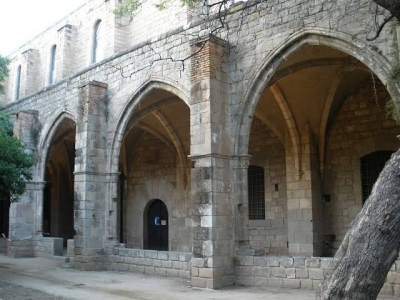
The earliest forms of hospitals were healing temples located in ancient Greece. These temples were called Asclepeions and treatment centered around promoting healthy lifestyles and spiritual healing.
The Romans established military hospitals called valetudinaria for wounded gladiators and soldiers, in the 1st and 2nd centuries AD. In ancient India hospices or ‘punya-salas’ were established. Here the sick and infirm were looked after and given free treatment and care. They were also known by other names such as dharmasalas, viharas and maths.
The first dedicated public hospital was founded in the eastern Byzantine Empire by a Christian saint named Basil of Caesarea, in the 4th century AD. Diseases had been treated privately till then, but Christian traditions of service transformed this equation into one where the care of the sick was considered an obligation and duty within the community.
By around the 9th century AD, Islamic hospitals called ‘bimaristans’ started to appear. These were secular in nature and offered treatment to rich and poor alike. Islamic hospitals first appeared in the city of Baghdad.
The first pharmacies were also established in Baghdad in the year 754 under the Abbasid Caliphate. Advances in botany and chemistry led to the development of the science of pharmacology and the medical uses of chemical compounds were being discovered and documented. By the 12th century pharmacies could be found in Europe as well. Pharmacies greatly aided knowledge of the properties and uses of drugs.
Picture Credit : Google




